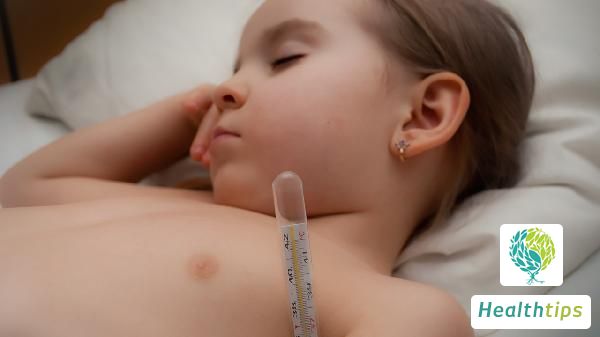What Are the Signs of Consciousness in Stroke Patients?
Cerebral hemorrhage is a severe condition that can lead to brief periods of unconsciousness in patients. The duration of this unconsciousness depends on the severity of the hemorrhage. When a patient with cerebral hemorrhage becomes conscious, they may open their eyes, be able to hear family members speak, and may even tear up or respond to sounds. However, even after regaining consciousness, patients still need to continue receiving treatment.

Here are some signs and considerations related to the recovery process:
1. When a patient's eyes are able to open and move, it is a sign that consciousness is returning. This state is known as "eyes-open coma" and represents a shallow level of consciousness. Active treatment should be given, and it is likely that the patient will regain full consciousness soon.
2. Before fully waking up, patients with cerebral hemorrhage may display symptoms that seem like consciousness, such as having a sleep-wake cycle, spontaneous limb movements, tracking light and people, responding to sounds, and sometimes showing emotional responses like tears.
3. During the period of unconsciousness for patients with cerebral hemorrhage, family members should avoid being emotionally driven and should not yell or shake the patient vigorously in an attempt to wake them up. This can actually worsen the patient's condition. Instead, they should constantly monitor the patient's recovery status and be aware of signs like the patient being able to open their eyes voluntarily, understanding what is being said, and cooperating with movements.
4. Once a patient recovers consciousness after a coma, proper care is crucial. Rehabilitation treatment is essential. As long as the patient's vital signs are stable and their condition is improving, early rehabilitation therapy should be initiated. Early and staged comprehensive rehabilitation has a significant impact on the patient's neural function recovery.



















